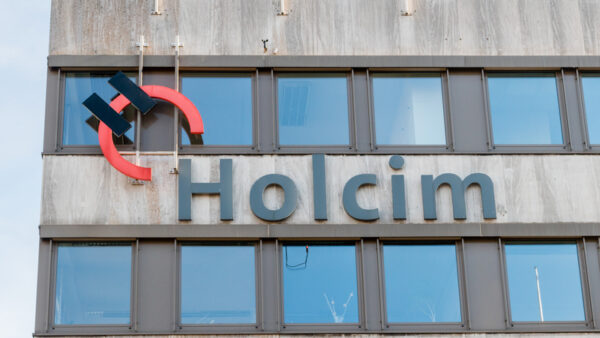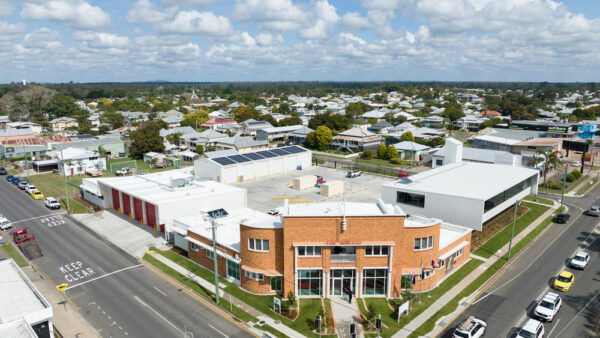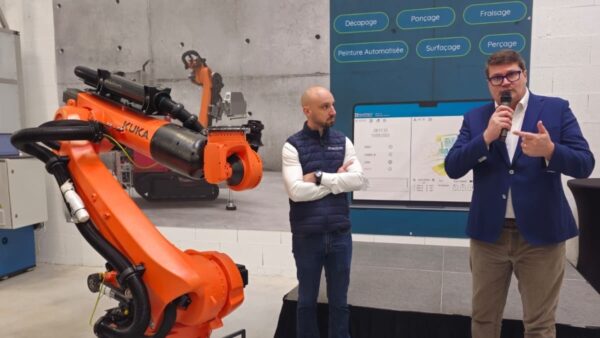Munich-headquartered software company, thinkproject, has won a contract with Femern A/S to supply building information modeling (BIM) services for the Fehmarnbelt megaproject, a planned undersea tunnel that will link Denmark and Germany.
The move could signal Femern’s confidence in the project despite the fact that Germany has not approved the scheme yet.
At 18km in length, Fehmarnbelt is on track to be the world’s longest combined road and rail tunnel. The construction budget set in 2015 is around €6.9bn (DKK 52.6 billion).
It will demand precision and careful planning.
The multinational consortium building it will manufacture 79 precast concrete sections at a factory near Rødbyhavn, Denmark and float each one out to sea for lowering into a trench excavated on the sea floor.
- Discover how the Fehmarnbelt Tunnel will be built:
Â
Once all sections have been connected and sealed, the trench will be filled with gravel, sand and rocks to cover the tunnel.
It will have two tubes for road vehicles, two for trains, and a service and escape corridor.
“BIM collaboration is an essential part for managing a major project such as the Fehmarnbelt Tunnel, and we’re very much looking forward to working with thinkproject to realise the benefits of this megaproject,” said Kim Smedegaard Andersen, deputy technical director at Femern, the state-owned Danish company tasked with delivering the tunnel.
In a press release announcing the award, thinkproject said it was picked because it offered a complete “software-as-a-service” BIM solution and had 20 years of experience in construction intelligence.
Femern appointing a BIM supplier could signal its confidence that the project will go ahead, despite the fact that Germany’s federal government has yet to approve the scheme.
The company’s German co-applicant (LBV Lübeck) first applied for approval in 2013, and was met with thousands of objections. A revised application was submitted in 2016.

The tunnel will have two tubes for road vehicles, two for trains, and a service and escape corridor (Courtesy of Femern)
The state of Schleswig-Holstein, where Fehmarnbelt lands at Puttgarden, approved the scheme in February 2019. Now, the German Federal Administrative Court is processing appeals over Schleswig-Holstein’s approval, and has set dates for the final hearings in the autumn of 2020, Femern says.
After the European Commission approved the project’s financial model in March this year, Femern activated the main contracts, setting a start date of 1 January 2021.Â
Construction is expected to last 8.5 years.
On standby are two consortiums, each comprising the same eight firms: Vinci Construction Grands Projets (France), Per Aarsleff Holding (Denmark), Wayss & Freytag Ingenieurbau (Germany), Max Bögl Stiftung & Co. (Germany), CFE SA (Belgium), Solétanche-Bachy International (France), Bam Infra (Netherlands), BAM International (Netherlands).
Subcontractor is Dredging International (Belgium).
Denmark’s Cowi is consultant.
Top image: Render of the entrance to the Fehmarnbelt Tunnel (Courtesy of Femern)






